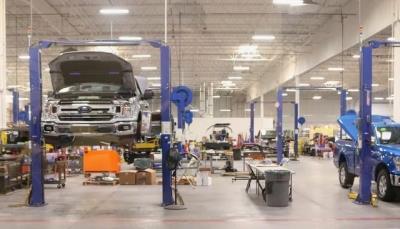
GST Rate Cut Across Auto Sector To Boost Growth & Jobs
The lower GST will push demand, helping automobile manufacturers and the large ancillary industry (tyres, batteries, components, glass, steel, plastics and electronics) as the rate cut extends to the auto parts segment as well, according to a statement issued by the Ministry of Heavy Industries.
The rate cuts for the automobile sector are across different categories. It includes bikes (up to 350 cc, which includes bikes of 350cc), small cars, medium and luxury cars and tractors (less than 1,800cc).
The rising sales of vehicles will increase orders for components as well, creating a multiplier effect on MSMEs, which form a large part of this supply chain, the statement explained.
The entire auto industry directly and indirectly supports over 3.5 crore jobs in manufacturing, sales, financing, and maintenance. A demand boost will lead to new hiring in dealerships, transport services, logistics, and component MSMEs. Informal sector jobs, which include drivers, mechanics, and small service garages, will also go up, the statement said.
Vehicle purchases are also credit-driven (NBFCs, banks, fintech lenders). A revival in auto sales will support retail loan growth, improve asset quality, and expand financial inclusion in semi-urban India.
Policy certainty through rational GST rates encourages fresh investments in the automobile sector. It will also promote Make in India and the manufacturing sector. GST rate cuts will also encourage the replacement of old vehicles with new, fuel-efficient models, thereby supporting cleaner mobility.
Trucks are the backbone of India's supply chain, carrying 65 per cent-70 per cent of goods traffic. Reducing GST from 28 per cent to 18 per cent reduces the upfront capital cost of trucks, which lowers freight rates per tonne-km. This has a cascading effect. It will lead to cheaper movement of agri goods, cement, steel, FMCG, and e-commerce deliveries. It will reduce inflationary pressures, the statement said. Cheaper trucks directly help reduce logistics costs, improving export competitiveness.

Legal Disclaimer:
MENAFN provides the
information “as is” without warranty of any kind. We do not accept
any responsibility or liability for the accuracy, content, images,
videos, licenses, completeness, legality, or reliability of the information
contained in this article. If you have any complaints or copyright
issues related to this article, kindly contact the provider above.


















Comments
No comment